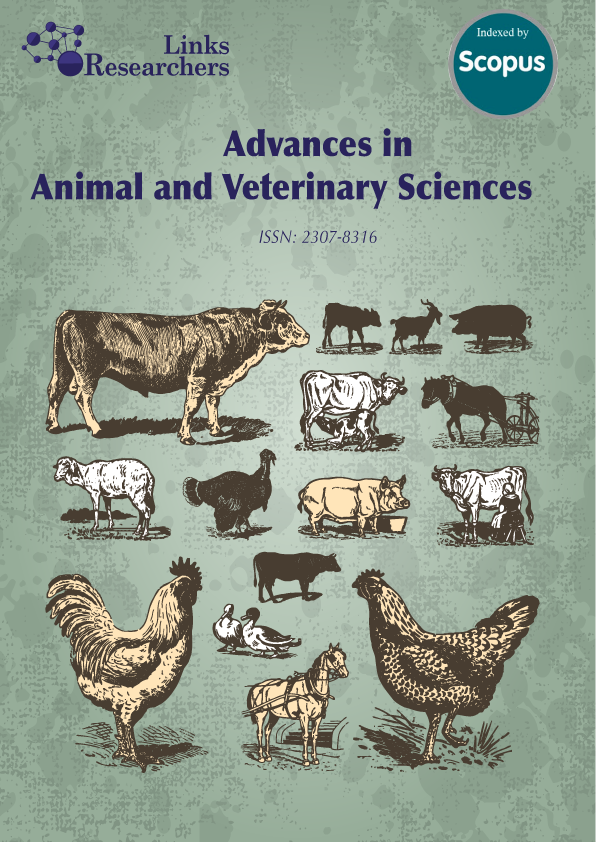1Faculty of Animal Science, Vietnam National University of Agriculture; 2Department of Livestock Production, Ministry of Agriculture and Rural Development; 3Daixuyen Duck Breed and Research Center; 4Faculty of Biotechnology, Vietnam National University of Agriculture
*Correspondence | Nguyen Hoang Thinh, Faculty of Animal Science, Vietnam National University of Agriculture, Trau Quy, Gia Lam, Ha noi, Viet Nam; Email: nhthinh@vnua.edu.vn
ABSTRACT
Indigenous ducks contribute significantly to communities in Vietnam as cheap and highly nutritional protein sources. At present, most native ducks are often raised on a small scale in household using traditional farming methods. This study analyzed the polymorphisms of five Vietnamese duck breeds, namely Na Tau (VNT), Dom (VD), Co (VC), Co Lung (VCL), and Troi (VT) by the mtDNA D-loop region to have more genetic information to aid in the conservation and maintenance of these breeds. Fifteen mutation sites were detected in the sequence analyses and formed 17 haplotypes. A low genetic diversity of Vietnamese indigenous ducks was found with an average haplotype and nucleotide variants of 0.051 (Hd) and 0.099% (Pi), respectively. Tajima’s D index was significantly negative in the VNT population (P<0.10). The genetic distances among breeds ranged from 0.189-0.347. The neighbor-joining phylogenetic tree indicated that the Vietnamese indigenous ducks have close relationships with both Anas platyrhynchos and Anas zonorhyncha.
Keywords | Conservation, Genetic diversity, Mitochondrial D-loop, Vietnamese duck.
To share on other social networks, click on any
share button. What are these?






